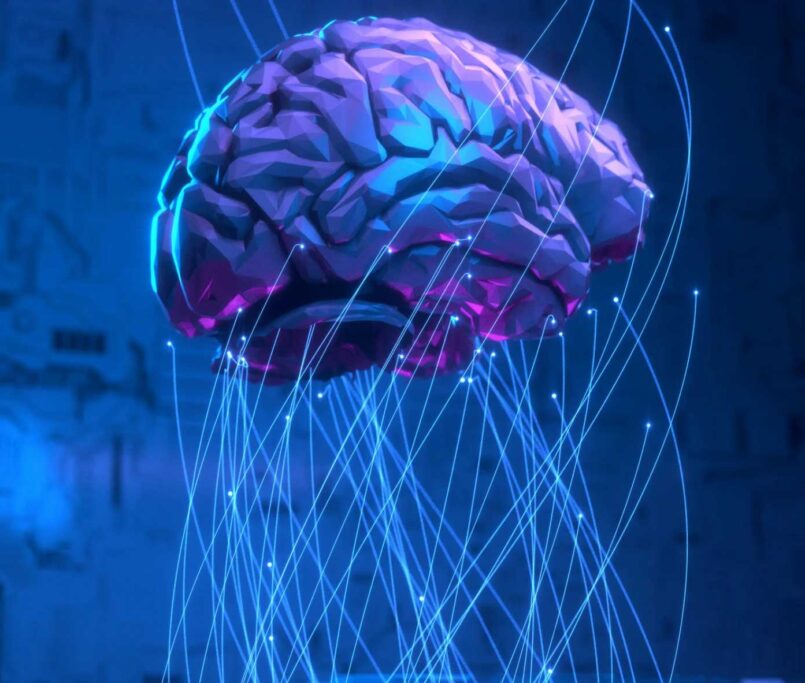role of artificial intelligence building industry
Artificial intelligence (AI) is transforming the field of architecture in numerous ways, enhancing design processes, improving project management, and enabling innovative solutions. Here are some key roles AI plays in architecture:
1. Design Optimization
AI algorithms can analyze vast amounts of data to optimize architectural designs. They help architects explore countless design variations quickly, considering factors such as aesthetics, functionality, sustainability, and cost. Generative design tools, powered by AI, can produce multiple design options based on specific input parameters, allowing architects to choose the best solution.
2. Sustainability and Energy Efficiency
AI models can predict the energy performance of buildings and suggest design modifications to enhance sustainability. By analyzing weather patterns, occupancy rates, and energy consumption data, AI can recommend materials and design features that minimize energy use and reduce the environmental impact of buildings.
3. Project Management and Construction
AI enhances project management by improving scheduling, resource allocation, and risk management. AI-powered tools can monitor construction progress, identify potential delays, and suggest corrective actions. Additionally, AI-driven robotics and automation streamline construction processes, increasing efficiency and reducing human error.
4. Building Information Modeling (BIM)
AI integrates with BIM to create intelligent models that include not just the physical but also the functional characteristics of buildings. AI algorithms can analyze BIM data to identify clashes, optimize space usage, and ensure compliance with building codes. This integration facilitates better coordination among stakeholders and improves the overall quality of construction projects.
5. Predictive Maintenance
AI systems can monitor the condition of building components in real-time, predicting maintenance needs before they become critical. This proactive approach helps extend the lifespan of building systems, reduces downtime, and lowers maintenance costs.
6. Enhancing Creativity
AI tools can inspire architects by providing creative solutions and new design perspectives. AI can analyze architectural styles, cultural influences, and historical data to generate unique design ideas that blend tradition with innovation.
7. User Experience and Smart Buildings
AI enhances the user experience by creating smart buildings that adapt to occupants’ needs. AI systems can control lighting, heating, ventilation, and security systems based on real-time data, improving comfort, safety, and energy efficiency. These smart systems learn from user behavior and preferences, continually optimizing building performance.
8. Urban Planning
AI assists in urban planning by analyzing data related to population growth, traffic patterns, environmental impact, and social dynamics. This analysis helps planners design cities that are more efficient, sustainable, and responsive to the needs of their inhabitants.
9. Data-Driven Decision Making
AI enables data-driven decision-making by providing architects with insights derived from large datasets. This data can include historical building performance, material properties, environmental conditions, and user feedback. By leveraging this information, architects can make more informed decisions throughout the design and construction process.
Conclusion
AI is revolutionizing architecture by automating repetitive tasks, enhancing design capabilities, improving project management, and enabling sustainable and smart building solutions. As AI continues to advance, its integration into architecture will likely deepen, leading to more innovative and efficient ways of designing and constructing buildings.




